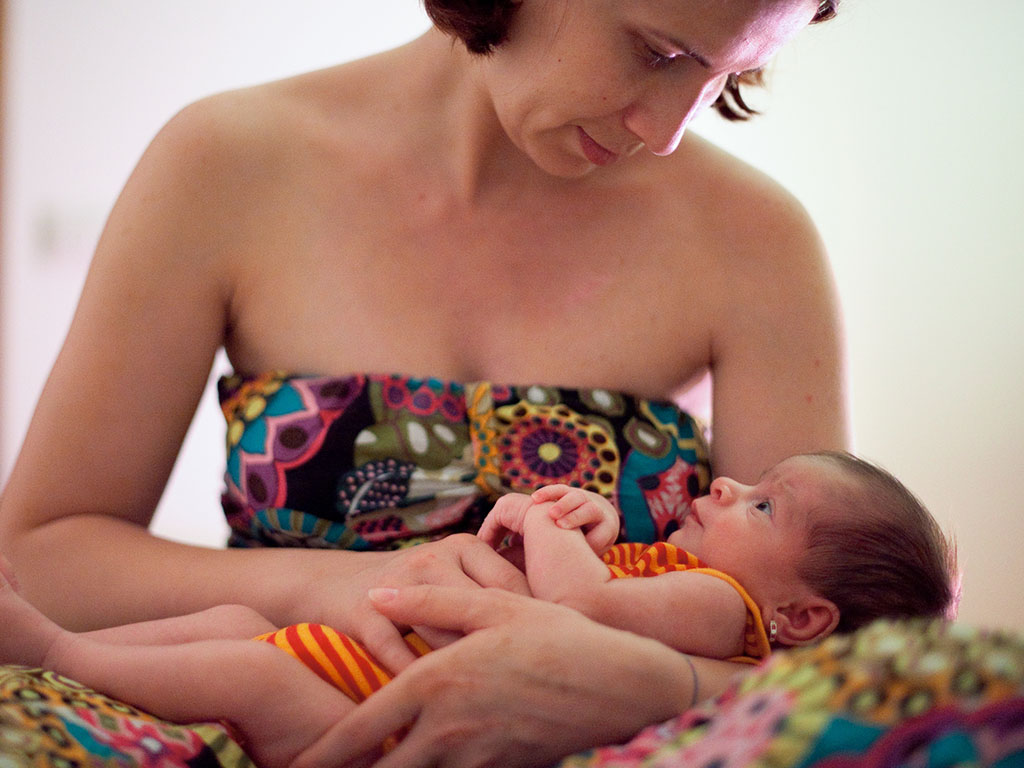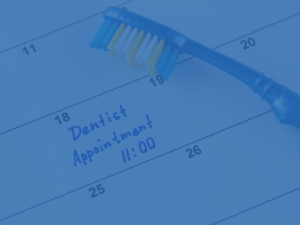Is your newborn baby having trouble latching? Does it seem like your newborn is extra fussy? Have you spent hours and hours trying to figure out what’s making your baby unhappy?
Well, all that breastfeeding difficulty could be caused by lip tie.
To put it simply, lip tie is a small membrane underneath the upper lip. This membrane looks like skin and it can prevent a newborn from latching properly.
Unfortunately for you and the others in your home, this can lead to an unhappy infant and many restless nights. In more severe cases, lip tie can cause long term dental problems and underdeveloped speech.
The good news? Using a quick and painless treatment, lip tie problems can be resolved in a single, virtually painless procedure.
What Exactly Is Lip Tie?
A lip tie is a small piece of flesh known as lip frenulum that connects the top part of the lip to the gums. It occurs when the skin is too short and restricts movement of the upper lip and jaw. This condition can restrict movement of the gums and mouth and can be a considerable hinderance to breastfeeding.
How To Identify A Lip Tie
A lip tie is relatively easy to identify. For children with lip tie or lip frenulum (as it is often called by medical professionals), a thin portion of tissue will “tie” the gums to the upper lip and this is visibly apparent. This gives us the name “lip tie”.
Symptoms of lip tie include trouble with breastfeeding, excessive fussiness when feeding. There are also considerable long-term issues that may develop if the condition is left untreated.
Again, it’s important to note that all breastfeeding difficulty is a result of lip tie. But, if your child has restricted movement, and you can clearly see a membrane that is tying the upper lip to the gums, then your child’s difficulty may be due to lip tie, and you should take action immediately.
About The Lip Tie Procedure
Known as a laser frenectomy, the frenulum (the membrane underneath the upper lip) is precisely cut, which frees the upper lip and allows for more movement. The brief procedure is virtually painless and infants experience little to no discomfort.

Following The Procedure
Immediately after the procedure, the patient will have increased movement of the upper lip and the healing process can begin. Healing times can vary of course, but most infants can heal in 24 to 48 hours.
Most mothers have reported significant improvement in feeding following the procedure.
What To Do If You Suspect Your Baby Has Lip Tie
We recommend seeking a consultation from a medical professional that is familiar and treats lip tie. In the event that your child is diagnosed with lip tie, treatment options will be provided and all questions you may have can be answered, so that you are well informed and can make the decision that best suits you and your family.
Dr. Bruce Howell at Orem Pediatric Dentistry has been treating lip tie for years and successfully performed the treatment many, many times, thus helping families and children live happier, healthier lives.
To schedule a consultation, find out if your child has lip tie, and to learn more about treatment, call us at (801) 802-7200.






